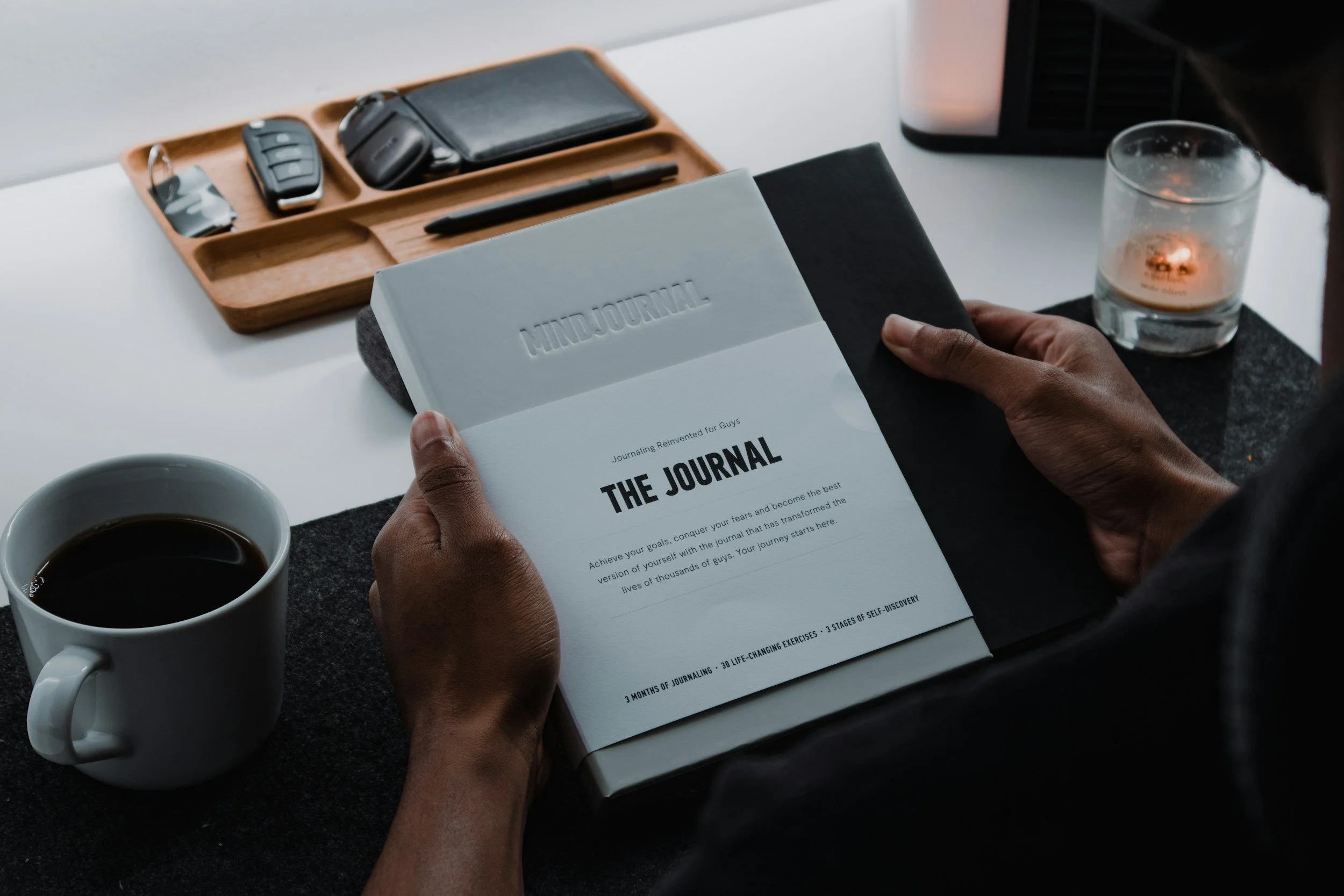Why Wellness Looks Different for Everyone and How to Find Your Path
Wellness isn’t one-size-fits-all—yet we often encounter self‑care advice packaged as if it were. From green‑juice cleanses to candlelit bubble baths or guided group meditations, these so‑called universal “self‑care” staples can energize some while draining or even stressing others. What feels restorative to one person may feel frivolous to someone else. That’s why true, lasting self-care hinges on personalization: aligning your practices not with broad wellness trends, but with your own personality, daily energy rhythms, and real-world responsibilities. In this article, you’ll discover why wellness looks different for each of us and learn a straightforward, step‑by‑step framework for crafting a self‑care routine you’ll actually enjoy following.
Why Generic Wellness Often Fails
Generic wellness programs often fail because they ignore individual differences. Imagine two colleagues: Jasmine, a social butterfly who thrives on group yoga classes and book‑club discussions, and Martha, an engineer who recharges with solitary trail runs and journal sessions. If both are signed up for a 30-day program that relies on twice-daily group check-ins and a shared gratitude wall, Jasmine will likely feel invigorated, while Martha may resent the social obligation. What was intended to ease stress has instead become another source of anxiety.
When self‑care turns into a series of “shoulds”—“I should meditate, I should journal, I should share my progress”—it loses its restorative power and becomes yet another item we feel guilty about skipping. Research shows that when people co‑create their routines—choosing practices they resonate with—they are roughly 30% more likely to stick with them. Generic programs also risk overlooking high‑impact rituals perfectly suited to individual styles: a solitude‑seeking introvert, for example, might never experience the profound calm of a silent forest walk if they’re only exposed to noisy group retreats. The solution is simple: instead of asking “What self‑care is best for everyone?” ask “What self‑care is best for me?”
The first step in customizing your routine is identifying your “Personality Fuel”—the types of activities that genuinely replenish your energy. Most people align with one or two of the four recharge archetypes. The Social Seeker craves connection and shared experiences, so group fitness classes or walking‑and‑talk coffee dates feel uplifting. The Solitude Lover needs quiet reflection, thriving during guided meditations, journaling sessions, or early‑morning nature walks. The Doer feeds off hands‑on movement—dance breaks, gardening, or DIY crafts offer a meaningful reset. Finally, the Thinker recharges through mental stimulation, whether via a favorite podcast, brain‑teaser app, or mindful reading. When you anchor your practice in your natural archetype, self‑care stops feeling like a chore and instead becomes an integral expression of who you are.
Next, chart your daily energy rhythms by noting your peak, dip, and recovery zones. Even a single workday has natural ebbs and flows of alertness and focus. Perhaps you’re most creative in the early morning, experience a mid‑morning slump, spike again at lunchtime, dip in the mid‑afternoon, and find it easiest to unwind after dinner. Mapping these windows—simply by sketching a 24‑hour line graph and marking each zone—helps you slot in micro‑rituals at just the right times. A two-minute breathing reset during your mid-morning dip, a five-minute gratitude journal entry at 3 PM, or a 15-minute guided visualization at 8 PM all become both feasible and effective because they tap into your body’s natural rhythms.
Finally, adapt your rituals to your lifestyle context. A mobile professional needs a compact anxiety-relief card deck, noise-canceling earbuds for quick meditations, and a pocket-sized gratitude journal. A desk‑bound executive benefits from a discrete desktop diffuser, a “boundary bell” timer app to remind them to take breaks, and a simple stretch chart pinned to the monitor. A home sanctuary seeker might set up soft, dimmable lighting, reserve a cozy reading nook, and keep a self‑care checklist magnet on the fridge. By auditing your daily pain points—long commutes, back‑to‑back calls, evening insomnia—you can brainstorm one seamless micro‑ritual for each: an on‑train visualization, a calendar‑alert stretch, or a lavender‑infused bedtime ritual.
Weave these insights into your Personal Wellness Blueprint, a four-pillar plan that encompasses your chosen recharge archetype, your energy-aligned micro-rituals, your context-appropriate toolkit, and a feedback loop for tracking impact. Schedule each ritual in your calendar as a non‑negotiable appointment, equip yourself with the necessary tools, and log your mood or focus changes daily. After one week, review which practices energized you and which felt like a drag. Swap out under‑performers based on real feedback, scale up rituals that consistently uplift you, and celebrate your small wins. Over time, this iterative approach transforms self-care from a burdensome checklist into an intuitive and joyful part of your life.
By tuning into your personality fuel, syncing with your natural energy rhythms, and adapting to your unique lifestyle, you’ll create a self‑care routine that feels both effortless and essential. Embrace this personalized experiment, honor what you learn, and watch as tailored self-care becomes your most reliable source of resilience, creativity, and lasting well-being.
Your Next Steps:
Draft your Personal Wellness Blueprint in your WW planner or journal.
Commit to one micro-ritual per day for the next week.
Review your results, refine your plan, and celebrate every small victory.
Your journey to lasting well-being begins with personalization. Lean into the experiment, honor what you learn, and watch how self-care transforms from a chore into an effortless expression of who you are.
Recommended Tools to Amplify Your Personalized Wellness Blueprint
To make your self‑care rituals as seamless and enjoyable as possible, consider adding a few curated tools that align with different recharge archetypes and lifestyle contexts. Here are two that pair beautifully with the framework above:
1. Beats Powerbeats Pro Totally Wireless Headphones
Whether you’re a Social Seeker tuning into a group‑guided breathwork session or a Solitude Lover escaping into a guided meditation on your commute, crystal‑clear, truly wireless earbuds can transform any moment into a portable sanctuary. The Powerbeats Pro offers secure, ergonomic ear hooks and up to nine hours of listening time—perfect for audio-based self-care practices, from podcast-style mindfulness tutorials to gratitude journaling playlists. Slip them on during your Peak Zones to fully immerse yourself in content that fuels your mind and recharges your spirit.
2. My Gratitude Journal: Your Companion to an Abundant Life
Journaling is one of the simplest yet most powerful micro‑rituals you can slot into your Peak or Dip Zones, and this elegantly designed gratitude journal turns the practice into a daily ritual you’ll look forward to. With guided prompts, reflection space, and inspirational quotes woven throughout, it helps you notice small delights and track growth over time. As you map your energy patterns and experiment with morning or evening gratitude entries, this companion will keep you consistent—and remind you that abundance is as much a mindset as it is a moment.
Integrating these tools—whether you’re walking down a busy sidewalk or carving out ten minutes at your desk—you’ll remove friction from your customized self‑care routine and lean fully into practices that feel both luxurious and deeply supportive.

